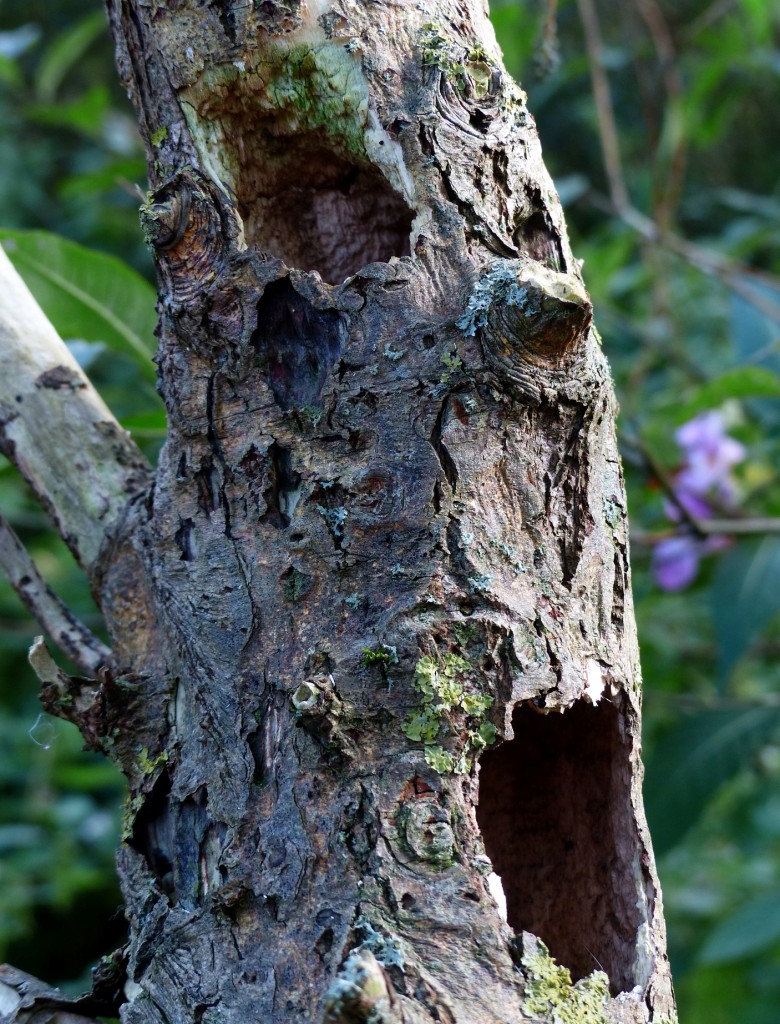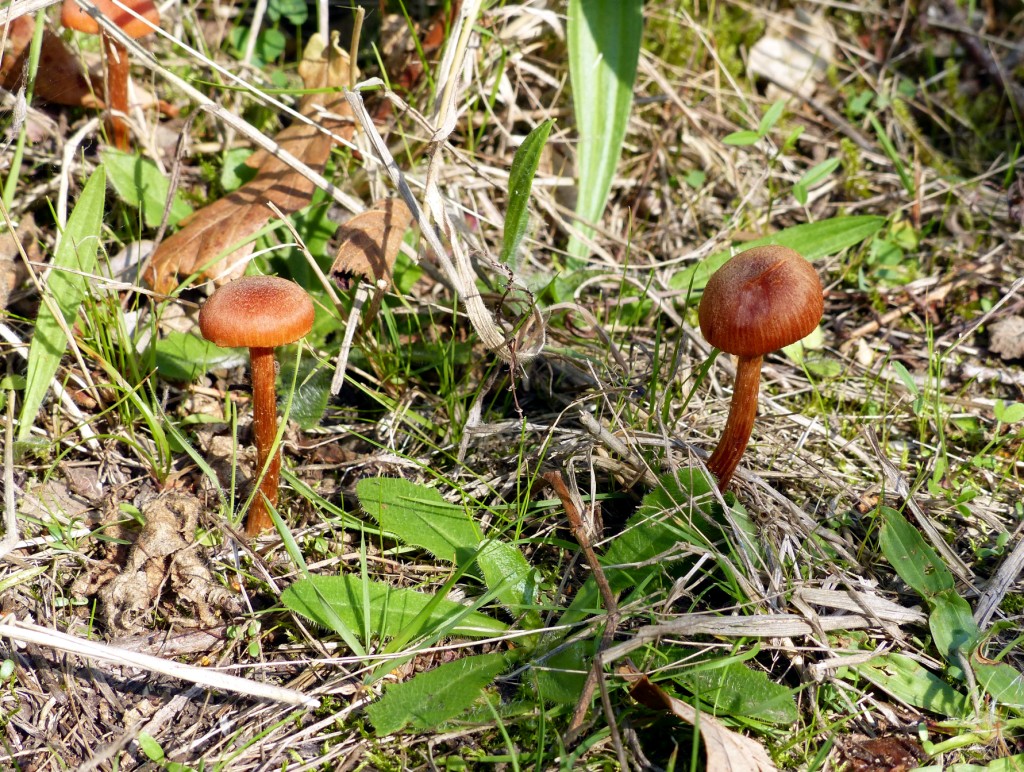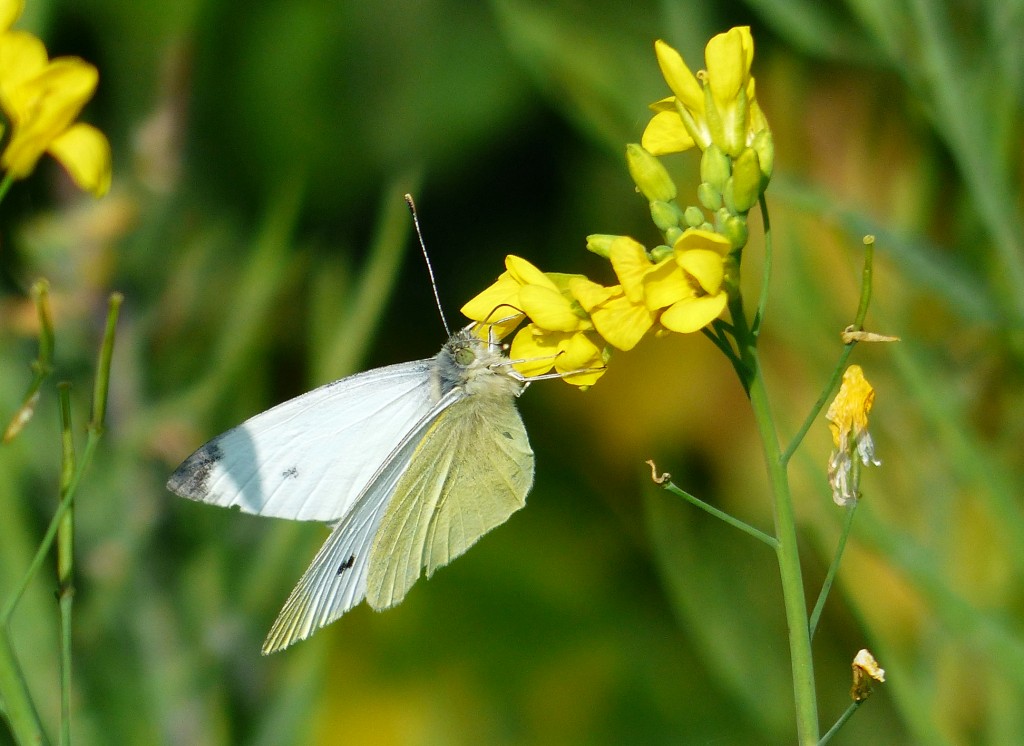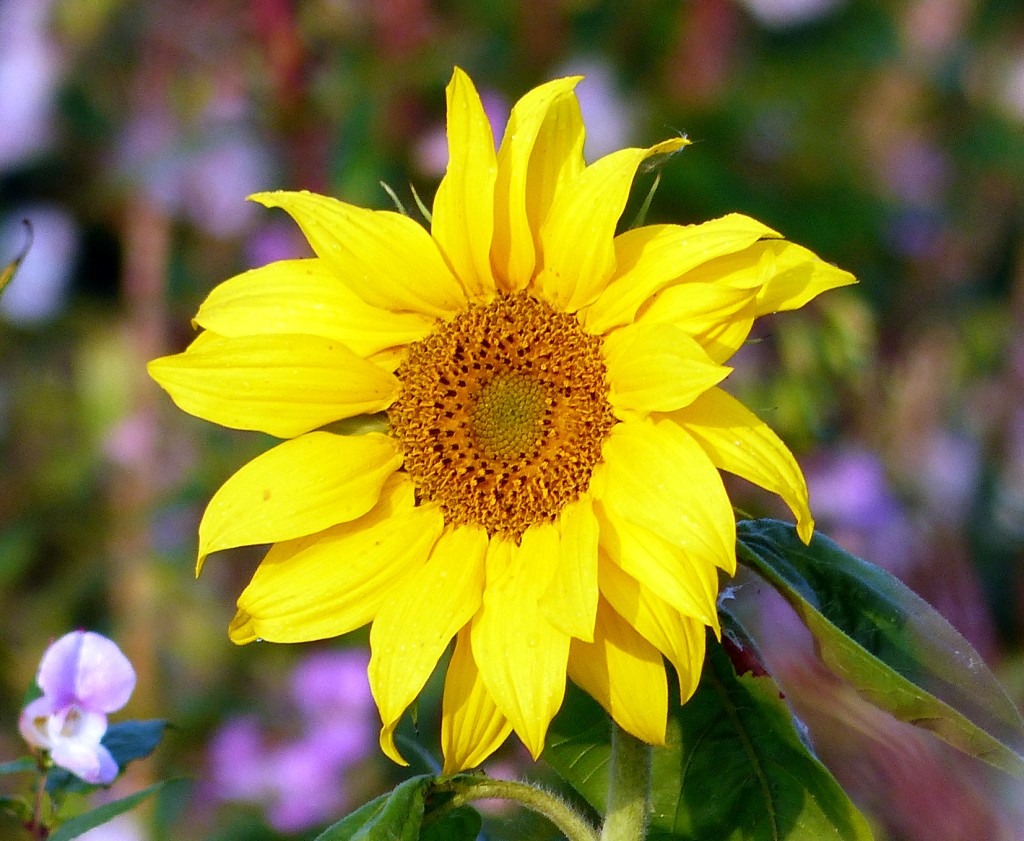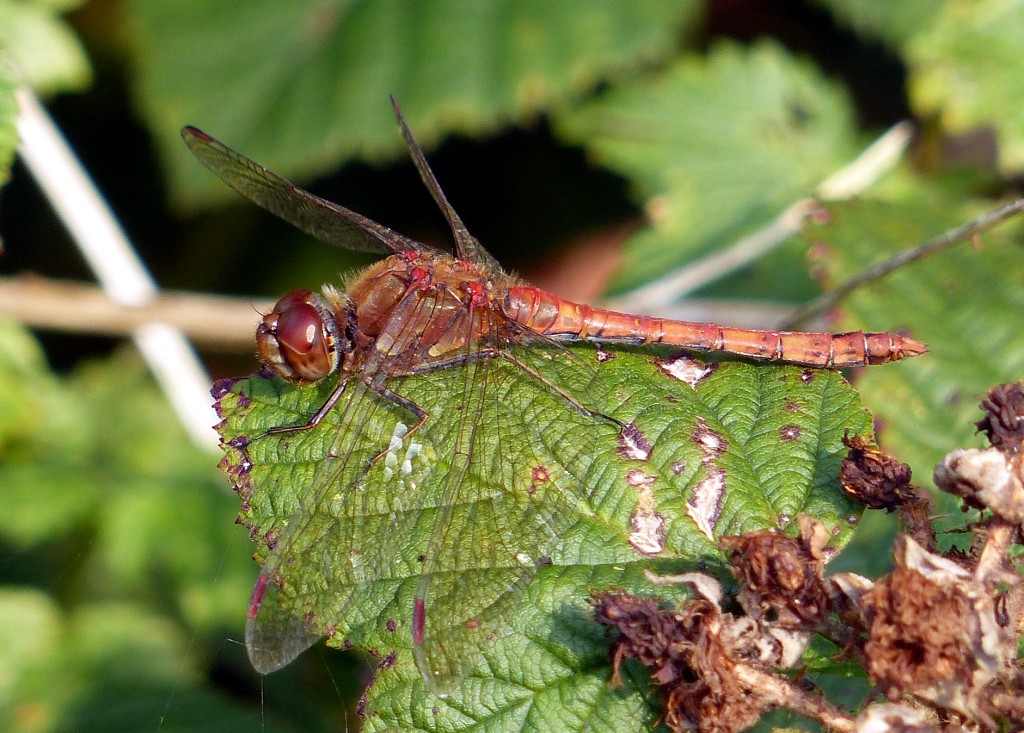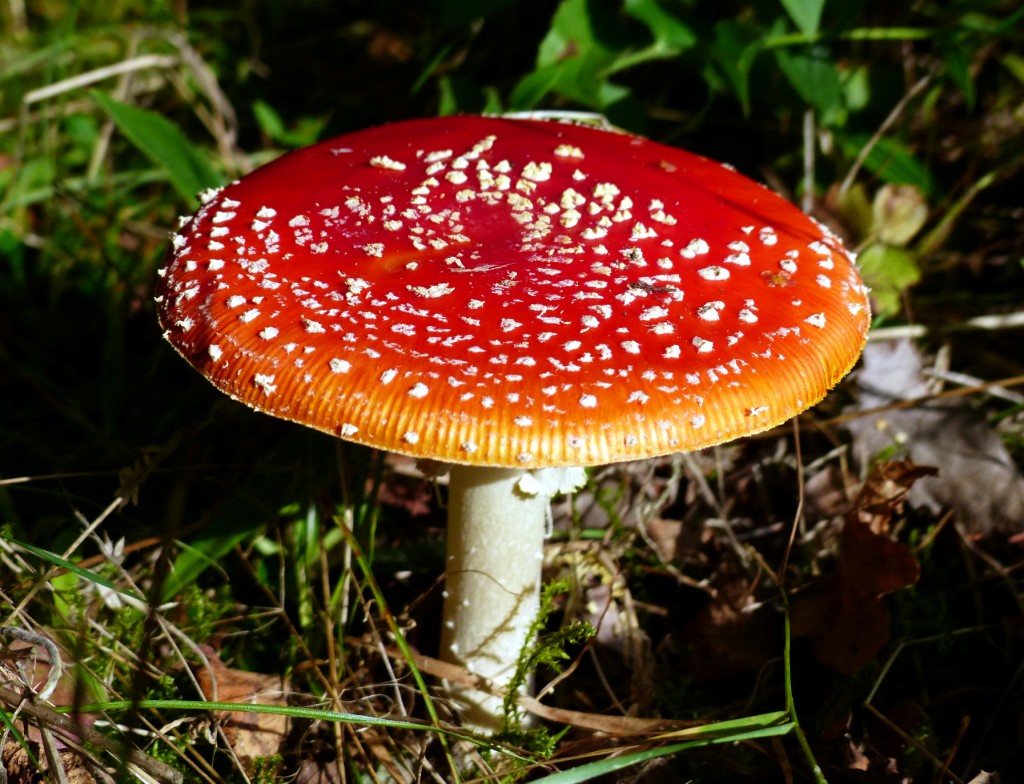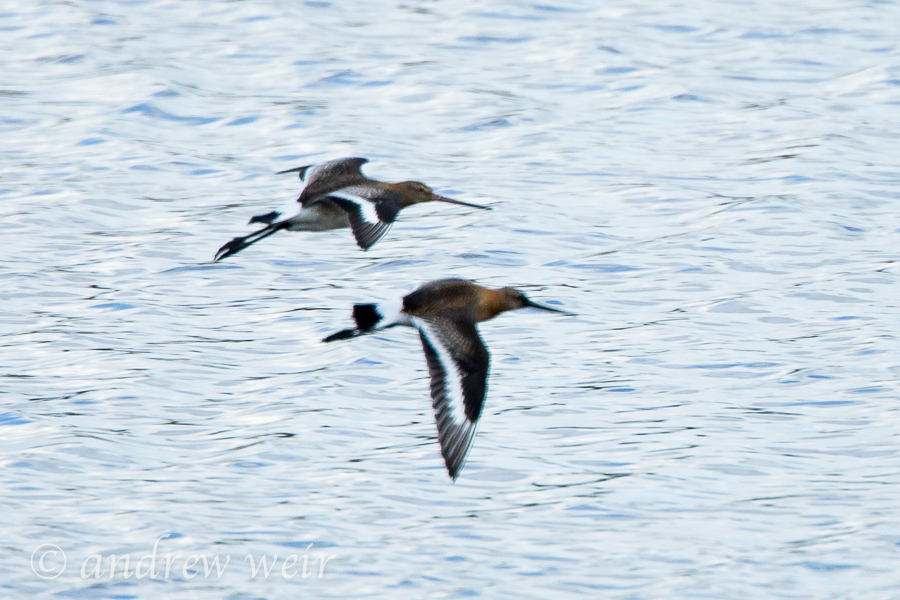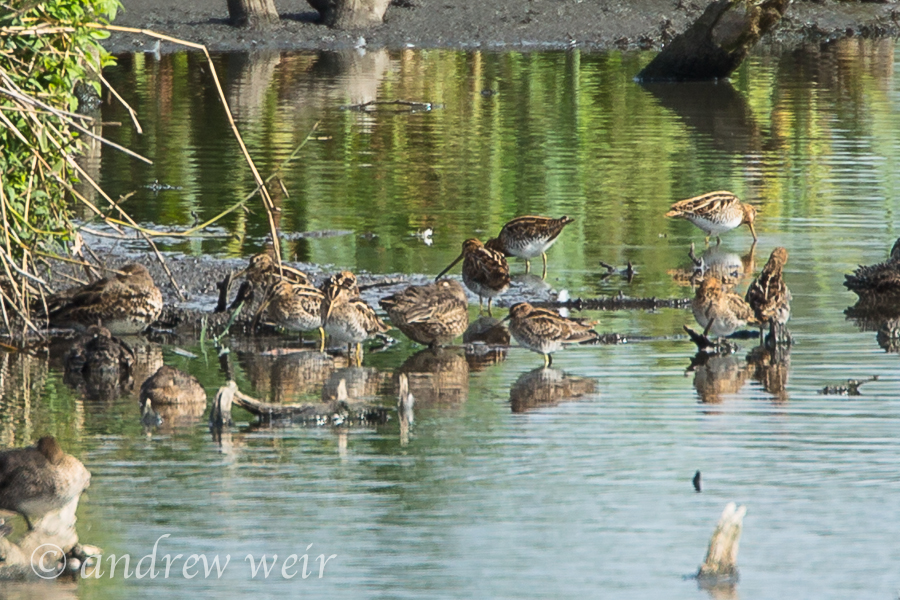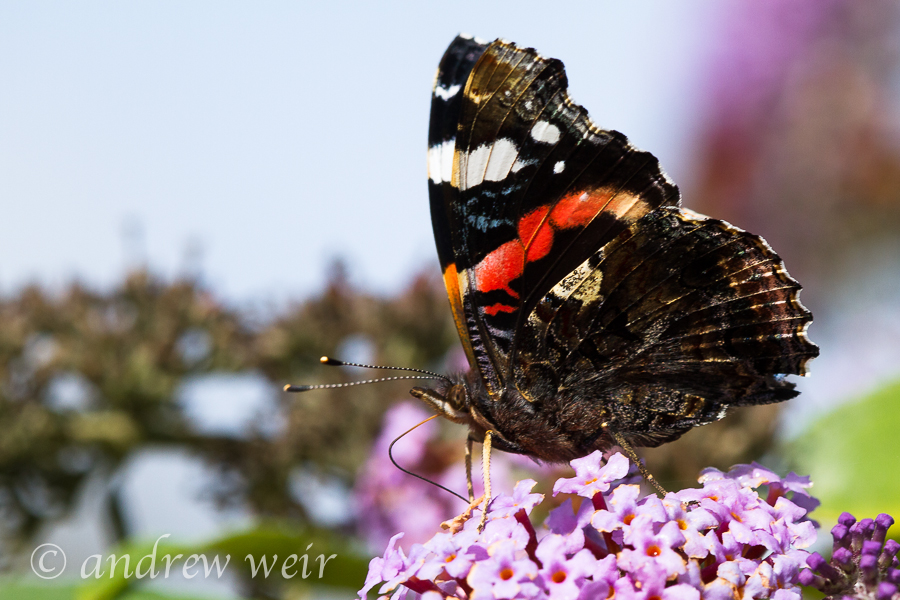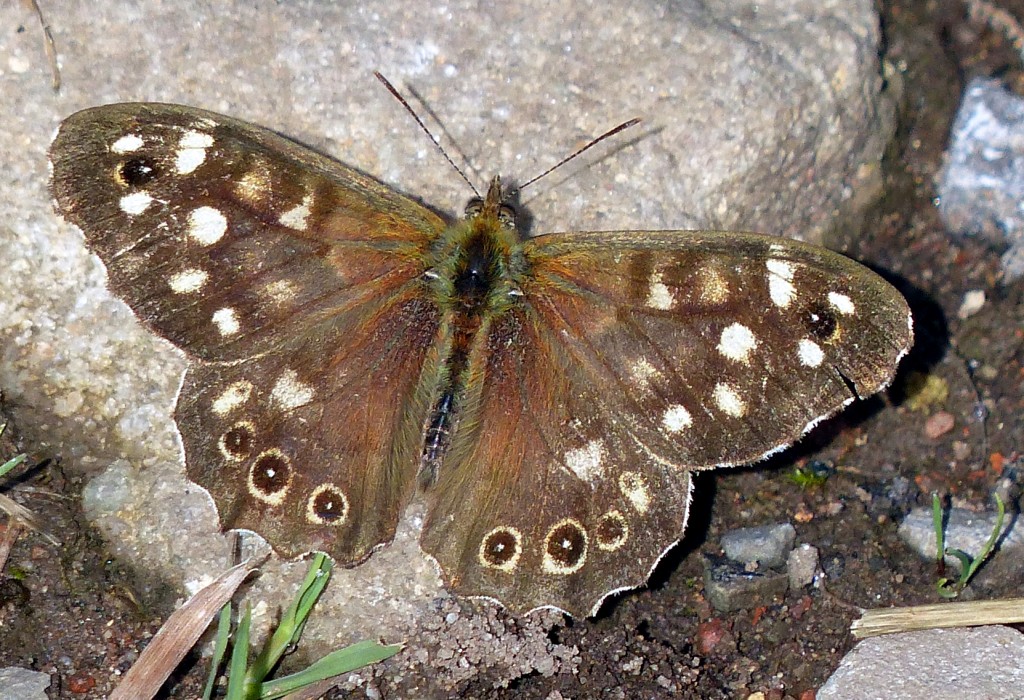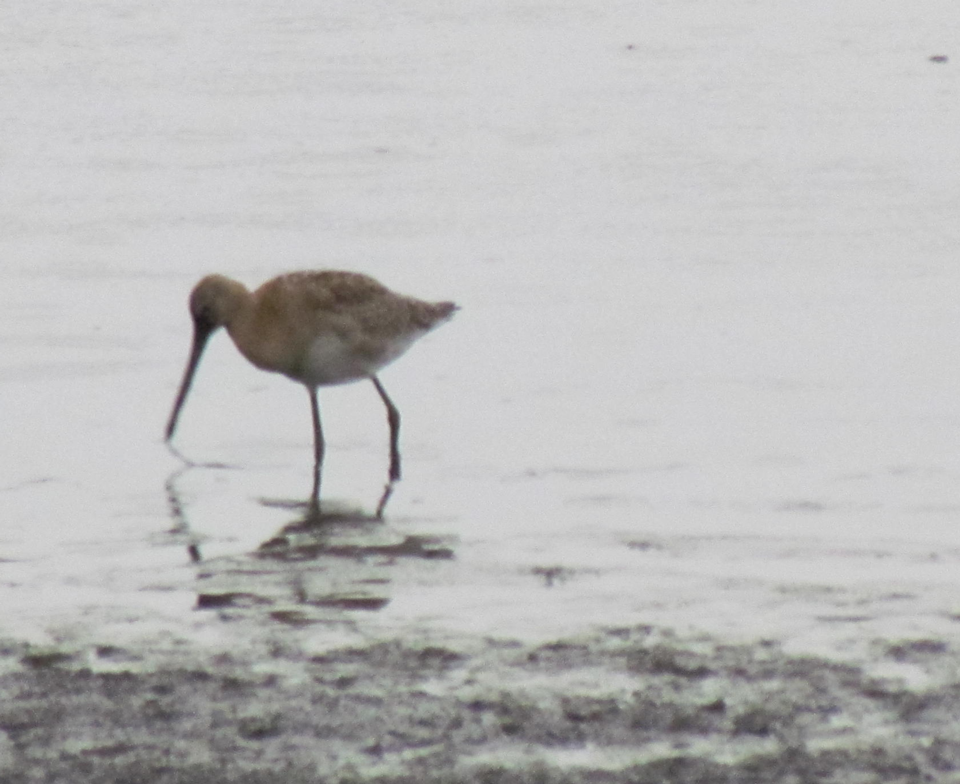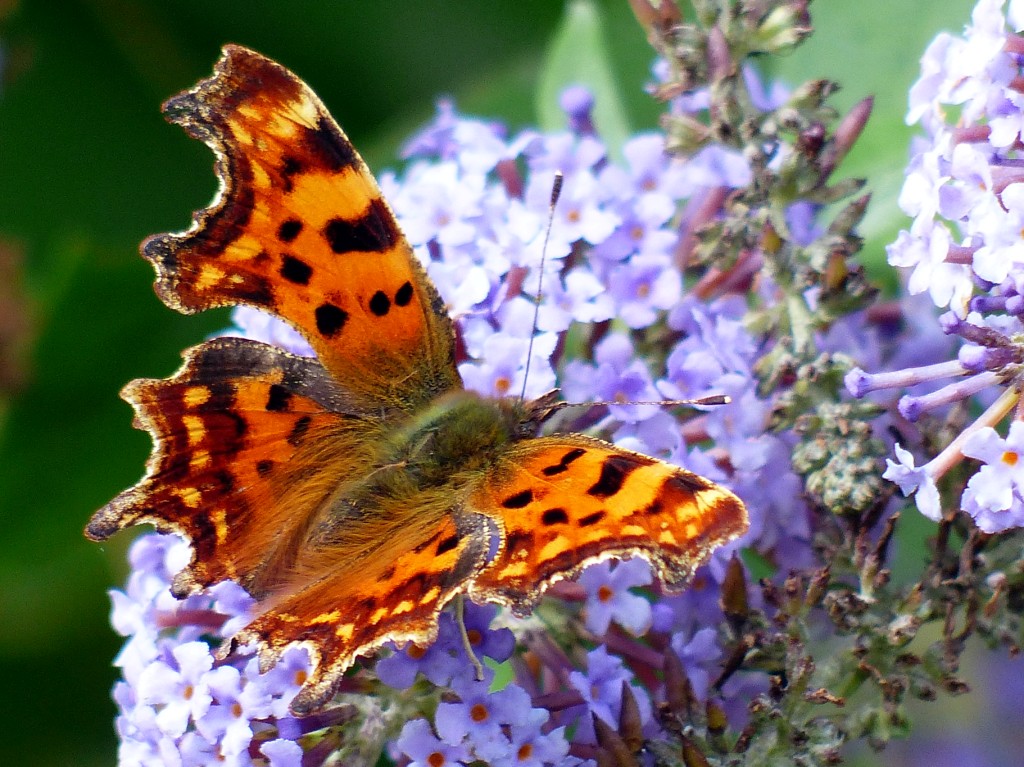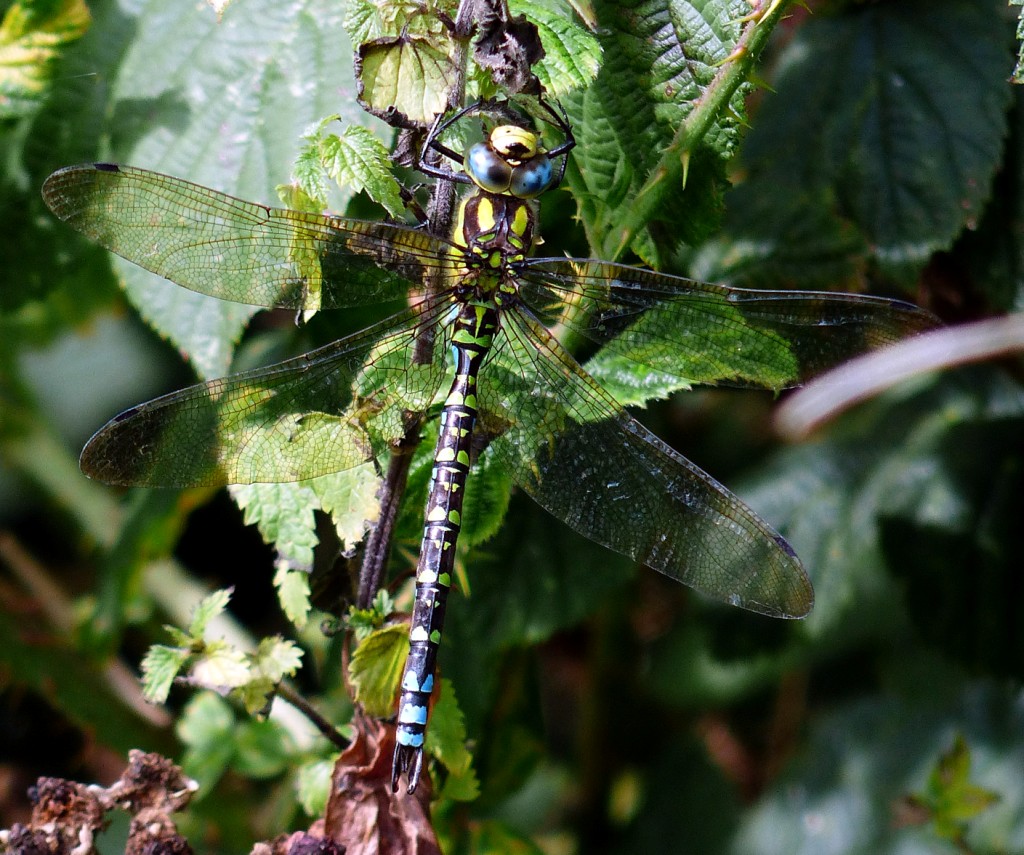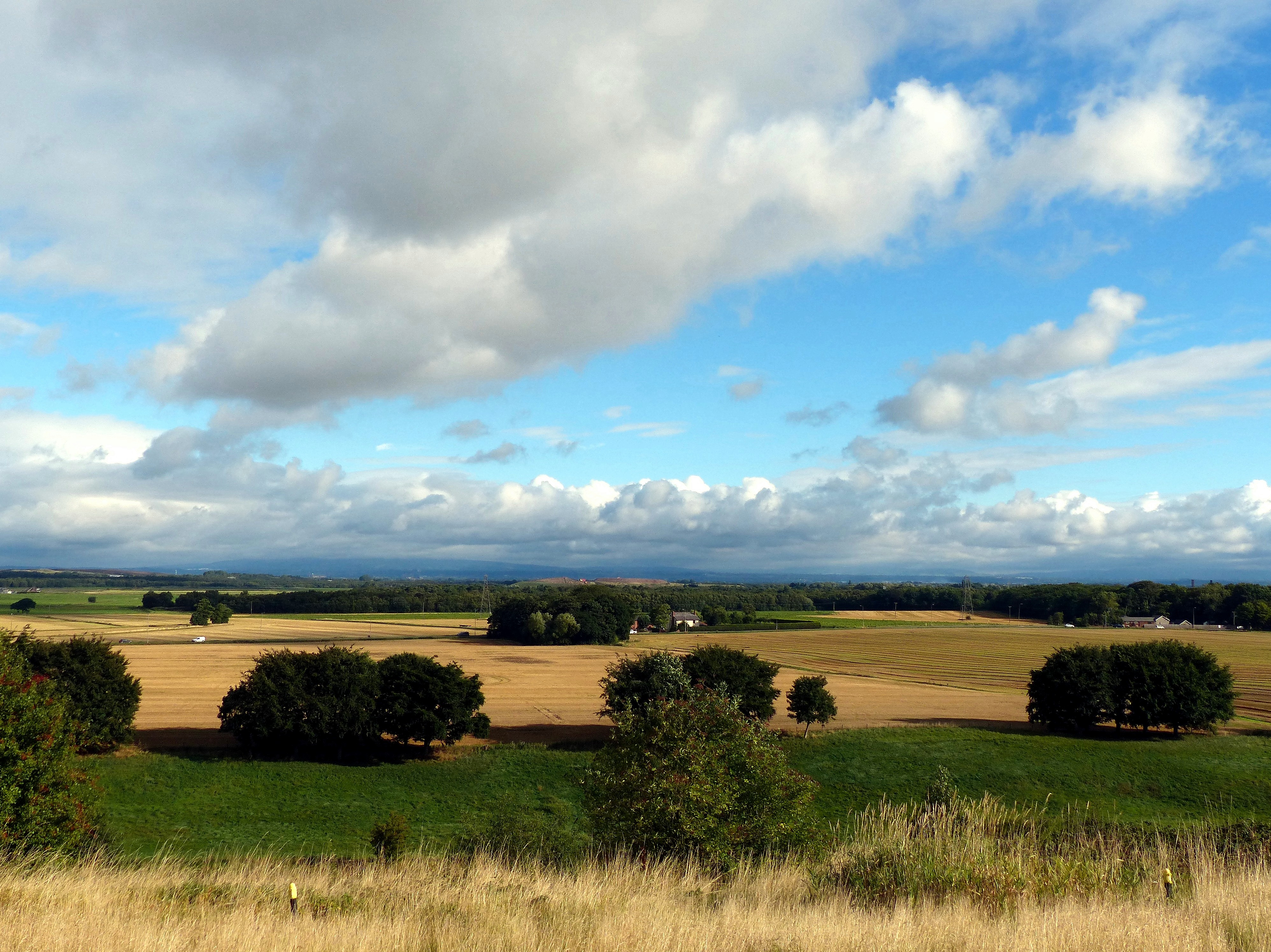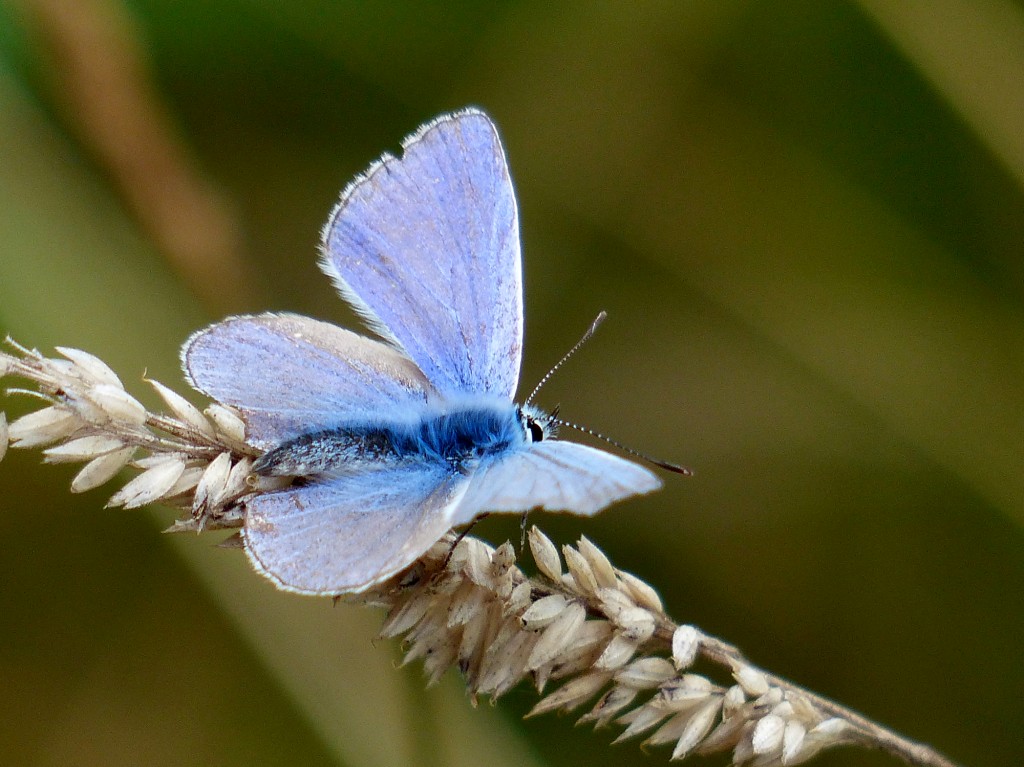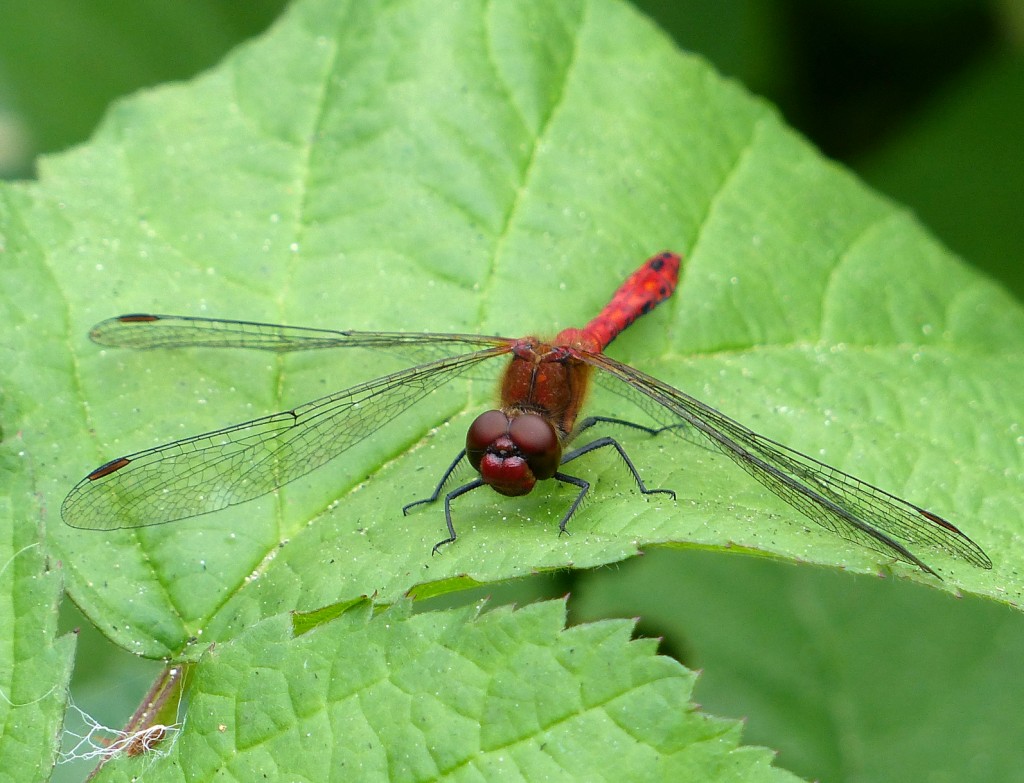Woolston Eyes Monthly Sightings
2013-09-29
Dave Riley had three ringing sessions on No1 bed during the week, the first, on the Tuesday morning for 3 hours produced 33 birds with the 22 new including a late Sedge Warbler. The following morning, he was joined by John Blundell and they caught 71 birds, included in the 68 new was an extraordinary 43 Meadow Pipits, possibly the highest ever day catch at Woolston, they also caught 11 Chiffchaffs and 4 Blackcaps. Dave was also there on the Sunday, setting three nets and catching 61 birds, with the 55 new including 27 Greenfinches, 1 Goldcrest and 8 Long-tailed Tits.
Kieran Foster was on No3 bed on the Saturday when he caught 71 new birds including 1 Meadow Pipit and 4 Reed Warblers.
Submitted by: Dave Riley
2013-09-22
Dave Riley and John Blundell were on No1 bed on the Sunday, catching 39 birds, with 35 new including 12 Meadow Pipits, 5 Blackcaps, 5 Chiffchaffs and 3 Reed Warblers.
On No3 bed, Mike Miles was joined by Kieran Foster, Margaret Rawlins and Mike Baron also on the Sunday, They ran 27 nets and worked hard for their 112 captures (85 new and 27 retraps). The 30 warblers caught included a single Sedge Warbler on a typical “last date”. This bird brought them to 100 new Sedge Warblers for the year, a stark contrast to the 25 new birds in 2012 and evidence of a much better breeding season. At the other end of the spectrum they caught the first Goldcrest of Autumn although the bird was completing its post - juvenile moult and may well have hatched locally. In the last round they retrapped the Kingfisher originally caught at the assessment event on 3rd September.
Sightings on No3 included 4 Black-tailed Godwits, 3 Tawny Owls calling before dawn, a circling Raven and a Siskin heading south. Passage was light with 5 Meadow Pipits three Skylarks and several Grey Wagtails.
Submitted by: Dave Riley
2013-09-14
With Dave Riley still clinging to the cliff top at Flamborough there was no ringing on No 1 bed this week.
On No.3 bed ringing was restricted to Saturday morning where Kieran, Margaret, Mike and myself made 103 captures ( 75 new and 28 retraps) . With plenty of ripe elderberries and blackberries the Blackcaps might be expected to be fattening up but many are still completing moult and just a single bird with a fat score of 4 and weighing 22.7 gm appeared ready for a migration flight. As the warbler season draws to a close it is time to consider “winners and losers”. Overall, on number 3 bed we have ringed 1,021 new warblers up from 832 last year at the same date. Sedge Warblers have recovered from last years extreme low point ( 88 vs 24) and Reed Warblers also recovered in a less dramatic way. ( 305 vs 237) . Grasshopper Warblers were very scarce ( 1 vs 4) Amongst the Sylvia Warblers Whitethroats had a good season ( 103 vs 82) . The main Blackcap movement appears to be a week or so later than last year so although current totals are slightly down ( 271 vs 308) it is possible that final totals will be similar to last year. Garden Warblers do not appear to have had a good season ( 13 vs 26) although these are small samples. Lesser Whitethroats, never common at Woolston, have been conspicuous by there absence and none have been caught on the bed. Chiffchaffs have had a very good breeding season ( 198 vs 107 ) and Willow Warblers, much better suited to number 1 bed, are steady ( 42 vs 43)
So, in summary, a better season but with the caveat that 2012 was a very poor year.
Sightings were restricted to a Dunlin, 4 Black-tailed Godwits and 3 Meadow Pipits representing a taste of the usually weak passage over No3 bed.
Submitted by: Mike Miles
2013-09-08
Dave Riley is on holiday (again!) so I am a poor substitute this week.
On No.1 bed ringing took place on Tuesday and Thursday with 87 birds caught ( 75 new - 12 retraps). new birds included what will probably be the last Sedge Warbler, Whitethroat and Willow Warbler. Good numbers of Reed Warbler (7), Blackcap (22), Chiffchaff (15) and Greenfinch (14) were caught. no warblers caught on Tuesday were retrapped on Thursday indicating the degree of movement through the site. Very little visible passage was noted, only four Swallows on Tuesday and none at all on Thursday. Very few sightings were made , just one Water Rail, adult Little Grebe still feeding half grown young and a small Moorhen chick.
No.3 bed hosted the second ringing assessment session of the year with ringing on Friday afternoon, Saturday morning and afternoon with a Swallow roost in the evening and Sunday morning. A total of 410 captures were made ( 331 new and 79 retraps) . Highlight birds were the first Kingfisher of the year and Woolston’s third Common Sandpiper , the last being in 2008. Warblers were represented by 149 captures of seven species and the date is late for Garden Warbler and Willow Warbler. Very few of these birds carried significant fat loadings.
Sightings on Saturday morning included a Greenshank, Green Sandpiper, Black-tailed Godwit and Common Sandpiper. A Peregrine was seen stooping at 2 Teals. The Saturday evening Swallow roost was estimated at 1,000 birds. On Sonday the wader presence was reduced to a single Common Sandpiper, an early Woodcock was flushed just before dawn and a Siskin was seen and heard in flight.
Submitted by: Mike Miles
2013-09-01
Dave Riley was joined by Mike Smith and John Blundell on the Tuesday evening, catching 12 birds including a Garden Warbler and two Greenfinches originally ringed on No3 bed earlier in the month, a Sedge Warbler was also ringed. The following morning, Dave caught a further 29 birds with 24 new, including further Sedge and Garden Warblers, while on the Friday he caught a further 49 birds including 15 Greenfinches and 3 Willow Warblers. Sightings during the week included adult Little Grebes feeding small young and a juvenile Peregrine.
Kieran Foster had a go at the Swallow roost on Wednesday evening catching 64 (including 2 British controls) and a Sand Martin. He and Chris Piner ringed on Thursday morning catching 48 new and 14 retraps, the new birds included a Garden Warbler. Mike Miles joined Kieran on the Friday to set nets for the following morning, they caught 23 birds at the feeders but looked at the dark clouds and stiff breeze and decided against trying for a roost catch. On the Saturday morning the three of them already mentioned were joined by Margaret Rawlins and Phil Guest and caught 160 birds (134 new and 26 retraps ). The Blackcaps have arrived a little later than normal and they caught 35. There are a lot of Reed Warblers moving through and 43 were caught. What may be their last Garden Warbler was also caught during the morning.
Submitted by: Dave Riley
2013-09-28
Photo of a Willow Tit’s nest from No.4 bed, showing evidence of predation by a Great Spotted Woodpecker - an increasing problem for this species. The nest hole is top left, with the excavation by the Woodpecker on the lower right.
Submitted by: David Bowman
2013-09-28
Photo of unidentified fungi from No.1 bed! Any ideas (they were only a couple of inches tall).
Submitted by: David Bowman
2013-09-28
A warm, sunny morning starting on No.3 bed, then covering No.4 bed and finishing by chilling out on No.1 bed. A Little Egret seen flying south-east over No.3 bed by Kieran Foster and Mike Baron, plus 2 Green Sandpipers, 4 Black-tailed Godwits and 17 Snipe were the highlights from this bed. Warblers were also present in good numbers, with a few Reed Warblers and Blackcaps among the commoner Chiffchaffs. The Loop of No.4 bed also held small numbers of Snipe among the Lapwings, a single Willow Tit was calling, while 6 Siskins flew south. A single Green Woodpecker was a good record from No.1 bed. Butterflies and dragonflies became more evident as the morning wore on, with totals of: Small Copper 1, Small White 18, Peacock 2, Red Admiral 8, Speckled Wood 4, Small Tortoiseshell 11, Comma 11, Southern Hawker 5 and, Common Darter 16.
Photo of a Fly Agaric toadstool from No.1 bed
Cheers David (with Les Jones, Al Warford, Paul Hazlehurst, Brian Baird, Alan Rustell and Ste Dodd)
Submitted by: David Bowman
2013-09-27
10 Black-tailed Godwits, 30 Snipe, 3 Swallows and 1 Wigeon were on No.3 bed this lunchtime. Photo of a Fly Agaric toadstool from No.1 bed.
Cheers David
Submitted by: David Bowman
2013-09-24
On Saturday had an enjoyable, autumnal wander from No.3 bed as far as Bollin Point at the eastern end of the Reserve. Totals included: Hobby 2, Peregrine 2, Water Rail 3, Black-tailed Godwit 4, Little Ringed Plover 1, Snipe 22, Chiffchaff 11, Redpoll 1, Little Grebe 4, Jay 27, Grey Wagtail 2, Pied Wagtail 2, Sparrowhawk 1 and Buzzard 7. Southward passage was also evident as the morning wore on, with 168 Meadow Pipits, 217 Swallows and 65 House Martins streaming over. Song Thrushes were notable by their absence, as we usually have a sizeable mid-September influx, ahead of the arrival of Redwings but we didn’t see or hear a single one. Butterflies and dragonflies were present in small numbers, with: 2 Southern Hawkers, 2 Common Darters, 10 Speckled Woods, 4 Small Whites and 1 Small Tortoiseshell.
Cheers David (with Dave Spencer, Al Warford and Paul Hazlehurst)
Submitted by: David Bowman
2013-09-16
Spent an early couple of hours on No.3 bed, seeing if the westerly squalls had brought in anything unusual. Nothing out-of-the ordinary turned up but some solid birding, with 44 species present including: Hobby 1, Black-tailed Godwit 8, Common Snipe 33, Kingfisher 1, Water Rail 1, Wigeon 2, Teal 50, Shoveler 18, Swallow 17 (flying hastily south in small groups ahead of the weather), Buzzard 1 and Sparrowhawk 2.
Cheers David (with Al Warford)
Submitted by: David Bowman
2013-09-15
A not very good photo of two Black-tailed Godwit flying past the John Morgan Hide.
Submitted by: Andy Weir
2013-09-14
Covered the full length of the Reserve today, highlights being 1 Spotted Flycatcher, 5 Black-tailed Godwits, 1 Little Ringed Plover, 1 Common Sandpiper, 1 Water Rail, 1 Reed Warbler, 1 Whitethroat, 6 Blackcaps, 43 Chiffchaffs, 8 Meadow Pipits, 6 Sparrowhawks, 3 Kestrels, 10 Common Buzzards and 513 Swallows. The latter were particularly interesting as hirundines were scarce all morning, until we reached Bollin Point at 11.45. Swallows then started to pour through with over 500 heading determinedly south in just over an hour.
Cheers David (with Dave Steel, Dave Spencer, Brian Ankers, Al Warford, Brian Baird, Paul Hazlehurst, Ste Dodd and Jane Cullen)
Submitted by: David Bowman
2013-09-13
After the alarums of Wednesday, back to basics today, with a meeting with the contractor who will start developing the wader scrape in front of the Morgan Hide and de-scrubbing the Loop of No.4 bed in October. Some good birds in passing, with 2 Woodcocks on No.4 bed and 4 Black-tailed Godwits, 1 Common Sandpiper, 1 Kingfisher, 38 Snipe and 2 Sparrowhawks on No.3 bed.
Cheers David
Submitted by: David Bowman
2013-09-09
Photo of one of three Commas feeding together on No.3 bed today.
Submitted by: David Bowman
2013-09-09
2 Greenshanks, 1 Redshank and 2 Common Sandpipers among the scores of Common Snipe on No.3 bed today.
Photo of a Southern Hawker on No.3 bed today
Cheers David (with Kenny McNiffe)
Submitted by: David Bowman
2013-09-07
Our first Visible Migration Watch of the autumn this morning, from Butchersfield Tip at the east end of the Reserve, with blue skies, a warm southerly wind and no rain! Highlights included: 9 Golden Plovers, 1 Raven, 1 Hobby, 1 Peregrine, 16 Common Buzzards, 7 Sparrowhawks, 5 Kestrels, 223 House Martins, 207 Swallows, 2 Sand Martins, 20 Meadow Pipits, 1 Redpoll, 26 Stock Doves, 34 Mistle Thrushes and 1 Grey Wagtail. Then a lunch-time hour on No.3 bed produced: 1 female Marsh Harrier, 2 Greenshanks, 1 Green Sandpiper, 1 Black-tailed Godwit, 2 Common Sandpipers, c.75 Common Snipe, 2 Wigeon and 155 Lapwings. The Ringing Team on No.3 bed also had an excellent morning, ringing a Common Sandpiper, a Kingfisher, a Garden Warbler, a few late Willow Warblers and 60 Blackcaps, among the total of 160 birds newly ringed.
Photo of the view north from Butchersfield Tip
Cheers David (with Dave Steel and Dave Spencer)
Submitted by: David Bowman
2013-09-04
A walk round all four beds, accompanied by Les Jones, produced a record number of Speckled Woods. A total of 126 included 49 on Butchersfield Tip alone. A number of Common Blues and Small Coppers were also present, together with a late Gatekeeper. Small Tortoiseshells continue to be seen in good numbers. A Greenshank was on No.3 bed and 12 Grey herons on the Loop
Submitted by: Dave Hackett
2013-09-03
A very nice morning on No.3 bed started with a Tree Pipit dropping onto the North Meadow. With so much muddy edge, waders were good, too, with 1 Little Ringed Plover, 1 Common Sandpiper, 74 Snipe and 156 Lapwings. A hunting female Marsh Harrier kept flushing the Snipe, enabling me to get a reasonably accurate count. Two Kingfishers, 1 juvenile Black-necked Grebe, 1 Ruddy Duck,2 Wigeon, 36 Shoveler and 42 Teal were other good water birds. Around the bed, 3 Willow Tits, 1 Willow Warbler, 3 Reed Warblers, c.30 Chiffchaffs, c.20 Blackcaps and 6 Reed Buntings were counted among the masses of tits, finches and other resident species. Peregrine, Sparrowhawk, Buzzard and Kestrel were also present. Butterflies included: 1 Comma, 6 Small Tortoiseshells, 5 Speckled Woods, 10 Large Whites, 2 Gatekeepers and 1 Red Admiral. 5 Brown Hawkers and 6 Common Darters were the only dragonflies noted. In comparison, No.1 bed was heaving with dragonflies, with c.40 Common Darters, 9 Ruddy Darters, 4 Black Darters, 3 Black-tailed Skimmers, 6 Brown Hawkers, 2 Emperors and 1 Migrant Hawker. Although butterflies were also plentiful, I only noted 2 Common Blues. Photo of a Ruddy Darter on No.1 bed Cheers David
Submitted by: David Bowman

